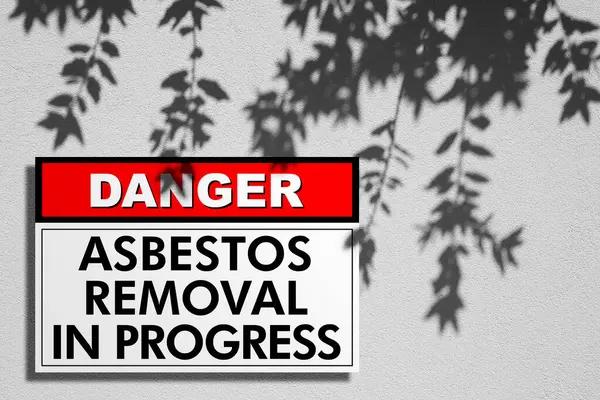Asbestos is a hazardous material that was commonly used in building construction before its dangers were fully understood. Despite being banned or heavily regulated in many countries, asbestos-containing materials can still be found in older properties, posing significant health risks if disturbed. Accurate asbestos testing is essential for identifying the presence of this harmful substance and ensuring safe management or removal. Reliable testing solutions help property owners, contractors, and inspectors make informed decisions to protect occupants and comply with legal requirements.
Effective asbestos testing begins with a thorough visual inspection by trained professionals who identify suspect materials based on age, location, and condition. However, visual assessment alone cannot confirm the presence of asbestos; laboratory analysis is necessary for definitive results. Samples are carefully collected from various parts of the property following strict safety protocols to prevent fiber release during handling. These samples are then sent to accredited laboratories where they undergo microscopic examination using techniques such as polarized light microscopy (PLM) or transmission electron microscopy (TEM). These methods allow technicians to detect and quantify asbestos fibers accurately.
Choosing an experienced and certified testing provider ensures sample integrity and reliable outcomes. Many companies offer comprehensive services tailored to different types of properties including residential homes, commercial buildings, schools, hospitals, and industrial facilities. They provide clear reports detailing the type of asbestos found, concentration levels, condition of materials analyzed, and recommendations for further action if needed. This information helps stakeholders assess risk levels effectively.
In addition to initial assessments prior to renovations or demolitions, ongoing monitoring may be recommended when asbestos-containing materials remain intact but could deteriorate over time due to environmental factors or wear. Periodic re-inspections help maintain safety standards by detecting any changes that might increase exposure risks.
Advancements in technology have improved both sampling techniques and analytical accuracy over recent years. Portable air monitoring devices now complement traditional bulk sampling by measuring airborne fiber concentrations in real-time during activities that might disturb asbestos-containing materials. This approach provides immediate feedback on potential hazards allowing prompt intervention.
Overall quality assurance measures such as accreditation under recognized schemes ensure laboratories meet stringent criteria regarding staff competency, equipment calibration procedures, quality control practices, and reporting standards.
Accurate asbestos testing solutions play a vital role in safeguarding health within all types of properties where legacy construction materials exist. By relying on professional expertise combined with modern analytical methods users gain confidence that their environment remains free from hidden dangers associated with asbestos exposure while fulfilling regulatory obligations responsibly.






